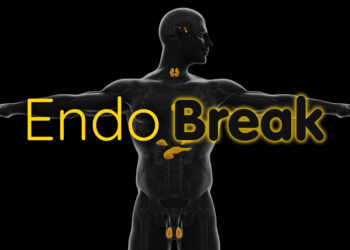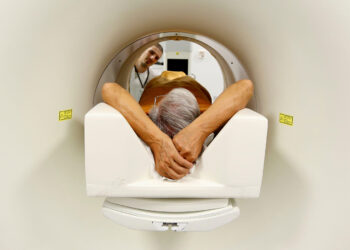TOPLINE:
The structured, progressive “Walk ‘n Watch” exercise protocol, delivered by physical therapists to patients in Canada with subacute stroke, was associated with greater improvement in walking endurance, speed, balance, mobility, and quality of life than usual care in a new phase 3 trial.
METHODOLOGY:
- This phase 3, pragmatic, stepped-wedge, cluster-randomized controlled trial included more than 300 participants with confirmed stroke within 12 weeks previously (mean age, 68 years; 61% men) across 12 inpatient stroke rehabilitation units in Canada between 2021 and 2024.
- About 162 patients were assigned to the usual care group, and 144 were assigned to the Walk ‘n Watch group.
- Three sites each were allocated to one of four sequences consisting of 4, 8, 12, or 16 months of usual care, followed by a 2-week transition period, and then up to 20 months dedicated to the Walk ‘n Watch intervention. Front-line physical therapists delivered the Walk ‘n Watch protocol with at least 30 minutes of walking-related activities per session, with the intensity progressively increased on the basis of heart rate and step count monitors.
- The primary endpoint was walking endurance as measured with the 6-minute walk test (6MWT) 4 weeks after randomization.
TAKEAWAY:
- In the Walk ‘n Watch group, the mean distance increased from 163.6 m at baseline to 297.2 m at 4 weeks compared with 137.1 m to 223.6 m in the usual care group. The intervention also had a greater “clinically meaningful improvement” in the 6MWT vs the usual care (intention-to-treat mean difference, 43.6 m; per-protocol mean difference, 52.6; 95% CI, 16.3-89.4).
- Men had a greater improvement on the 6MWT with Walk ‘n Watch vs usual care (mean difference, 64.1 m), whereas women showed an improvement of only 15.7 m).
- Improvements in quality of life, balance, mobility, and gait speed were greater in the Walk ‘n Watch group than in the usual care group.
- No serious adverse events (SAEs) occurred during Walk ‘n Watch sessions, although five and four SAEs requiring admission to acute care were reported in the Walk ‘n Watch and usual care groups, respectively, while participants were on the rehab ward. Of all 58 falls recorded during the study, only one occurred during a Walk ‘n Watch session.
IN PRACTICE:
“The Walk ‘n Watch protocol resulted in a clinically meaningful improvement in walking endurance in patients with subacute stroke in a real-world setting. The protocol can be readily implemented into practice with minimal additional resources,” the investigators wrote.
SOURCE:
The study was led by Sue Peters, PhD, School of Physical Therapy, Faculty of Health Sciences, Elborn College, Western University, London, Ontario, Canada. It was published online on July 16 in The Lancet Neurology.
LIMITATIONS:
Data collection and recruitment were influenced by the COVID-19 pandemic. The intracluster correlation coefficient for 6MWT was greater than what was seen in the pilot study, possibly due to greater heterogeneity in the types of sites in this trial.
DISCLOSURES:
The study was funded by the Canadian Institutes of Health Research, Canada Brain Research Fund, Michael Smith Health Research BC, Fonds de recherche du Québec – Santé, Canada Research Program, and Heart and Stroke Foundation of Canada. Several investigators reported having financial ties with various organizations, and one investigator reported serving as chair of the Rehabilitation Care Alliance of Ontario and co-chair of the March of Dimes After Stroke Advisory Committee. Full details are listed in the original article.
This article was created using several editorial tools, including AI, as part of the process. Human editors reviewed this content before publication.
Source link : https://www.medscape.com/viewarticle/structured-walking-program-boosts-stroke-recovery-outcomes-2025a1000l3u?src=rss
Author :
Publish date : 2025-08-08 12:46:00
Copyright for syndicated content belongs to the linked Source.












